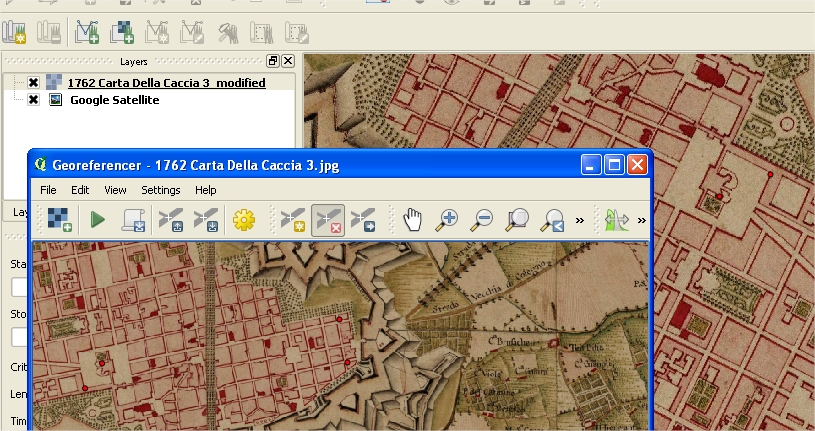

Using the option 'Raster Tiles' creates some white borders around my map and I think makes it harder to add POIs later, because I dont have a coordinate system. However, when I use 'Standard Tiles', the map is projected on a globe an therefore the image is stretched and clinched. To present this on the web, just copy the entire tileset and all subdirectories to a web server, and edit the googlemaps.html or openlayers.html files as required. So far I used MapTiler to convert an image of the map to map tiles. Open the googlemaps.html or openlayers.html files in a web browser to view the tileset as an overlay on the live online map. When complete, MapTiler provides a link to the finished tileset. rendering seamless maps from scans and aerial photos with MapTiler. Click Render to start rendering the image. Georeferencing of historical maps offers a number of important advantages for.If you do not know these, they can be added into the default googlemaps.html / openlayers.html files after tile generation. Specify the Details for generating the Viewers, such as the title, copyright notice, and API keys.You can also choose to generate a KML SuperOverlay file for Google Earth. By default, a googlemaps.html and openlayers.html file are generated. Scope: Used prior to World War II for cadastral and large scale topographic mapping. Tick the Viewers that should be generated.If you do not know these, they can be added into the default googlemaps.html and openlayers.html files after tile generation. Specify details about the Destination folder and Addresses / URLs for the tileset.The default settings for zoom levels and file format are often best. Specify details about the Tile Pyramid.If you have maps from UK for example the transformation should include the EPSG:27700 with TOWGS84 parameter. Specify the id-number from the EPSG/ESRI database. Specify the Spatial Reference System / Coordinate System of the image.It is also possible to select a NODATA colour that will appear as transparent in the resulting image. Browse to select the raster image you want to tile. Choose Google Earth (KML SuperOverlay) if you also want to generate a KML file for use in Google Earth. Choose Google Maps Compatible (Spherical Mercator) for standard web publishing.
#Maptiler georeference download#
Download MapTiler to your it on your computer or start it directly from this LiveDVD.MapTiler prepares tiles using this specification as an easy and quick way of preparing a georeferenced map in a mashup web page. The Tiles à la Google Maps page describes and illustrates this. I'm having a problem trying to get MapTiler to give sane results out of utm inputs. MapTiler takes advantage of the fact that Google Maps, Microsoft Bing, Yahoo Maps, and other online mapping providers including OpenStreetMap use the same projection and tiling profile and the tiles are therefore compatible. Strengths: MapTiler is simple, free, open-source software, with an easy wizard, described below, to guide through the options.Output options: A set of directories with tiled images which can be copied to a web server for presentation as a georeferenced overlay.Input options: Any georeferenced image file, eg.It follows the Open Source Geospatial Foundation’s (OSGeo’s) Tile Map Service (TMS) specification.

The tiles can then be presented as a as a georeferenced map overlay on a web server. Click the Georeferencing drop-down menu and click Fit To Display.MapTiler provides a simple way of creating a set of tiles from any georeferenced map image.From the Georeferencing toolbar, click the Layer drop-down arrow and choose the raster layer you want to georeference.
#Maptiler georeference full#
It may be helpful to set your Extent Used By Full Extent Command, within the Data Frame Properties, to your study area so the Zoom to Full Extent tool will automatically zoom to the full extent of your study area.


 0 kommentar(er)
0 kommentar(er)
